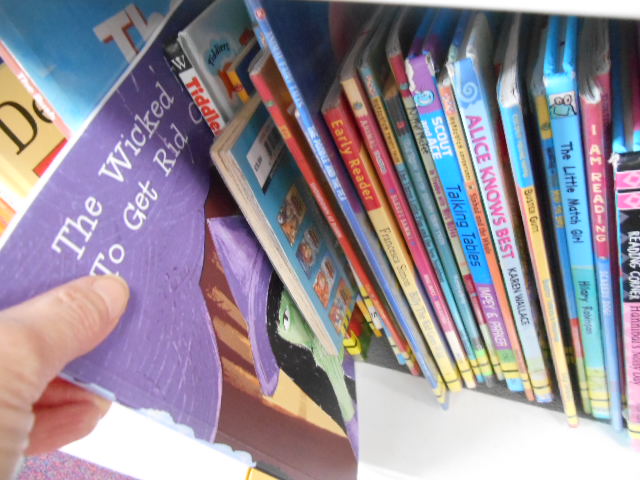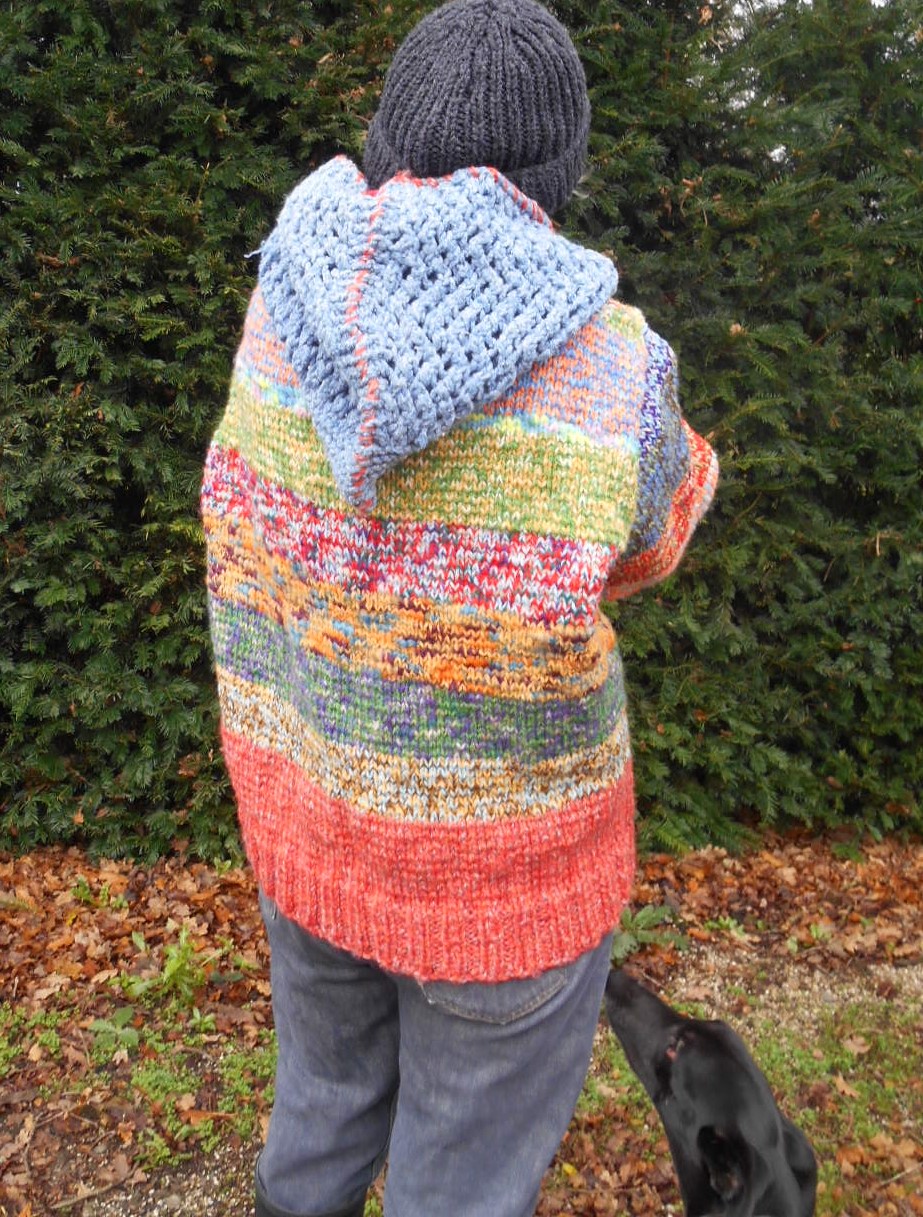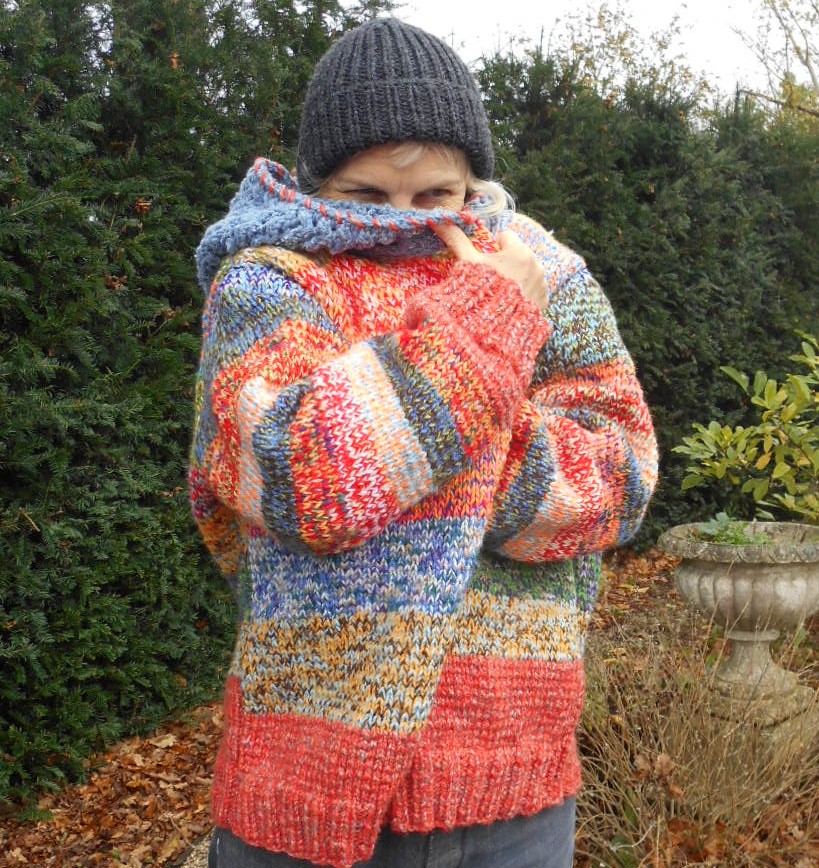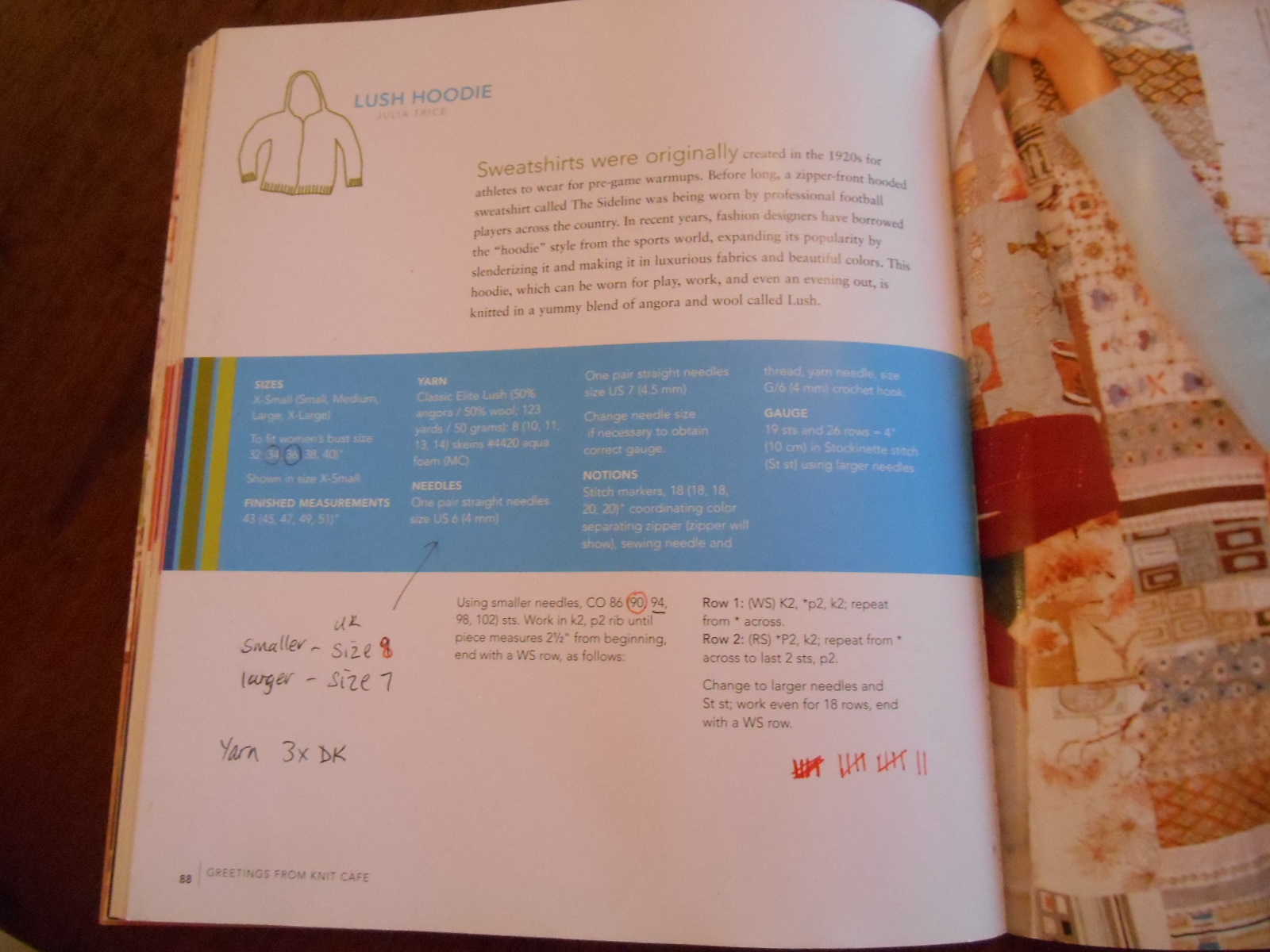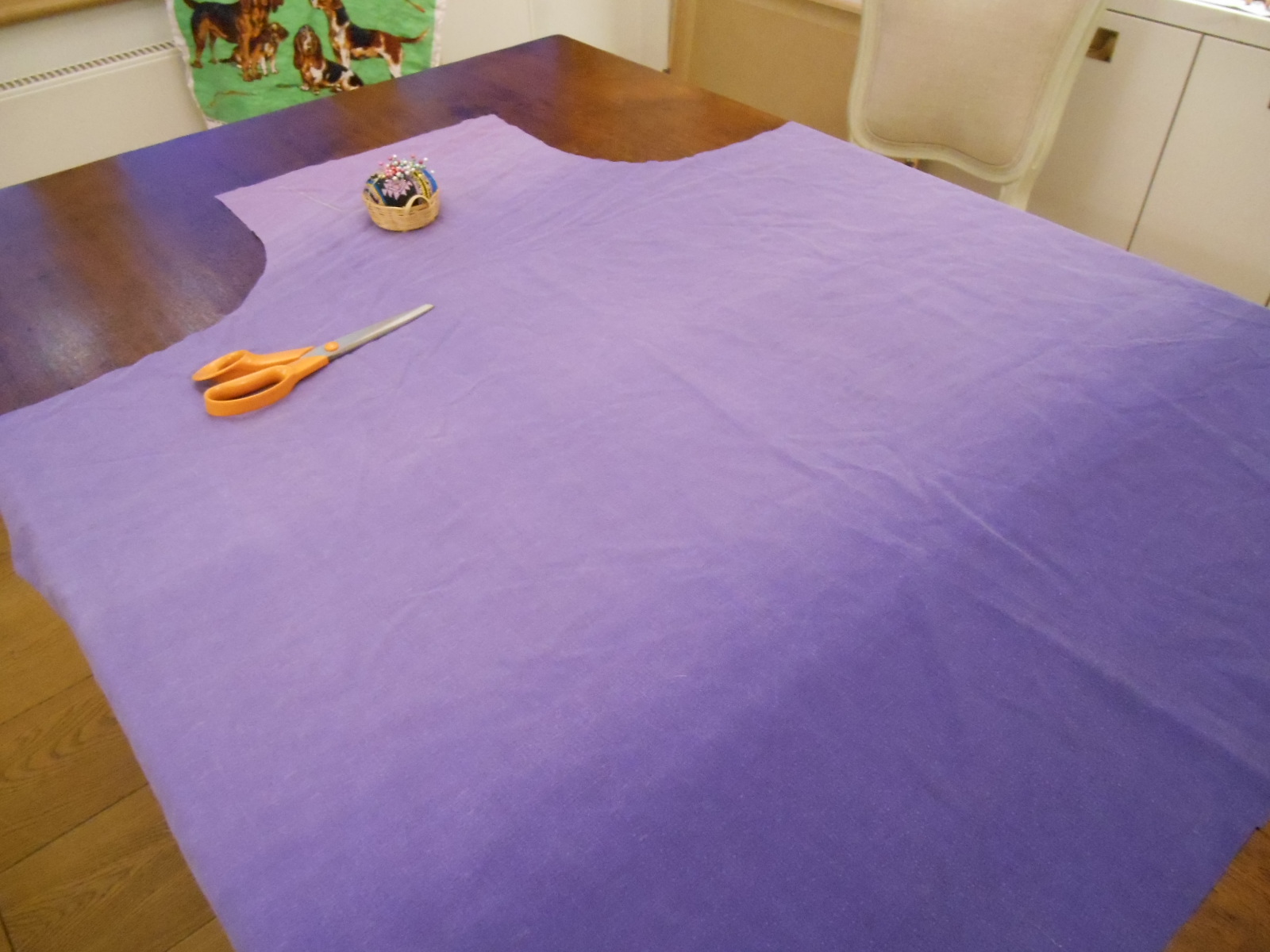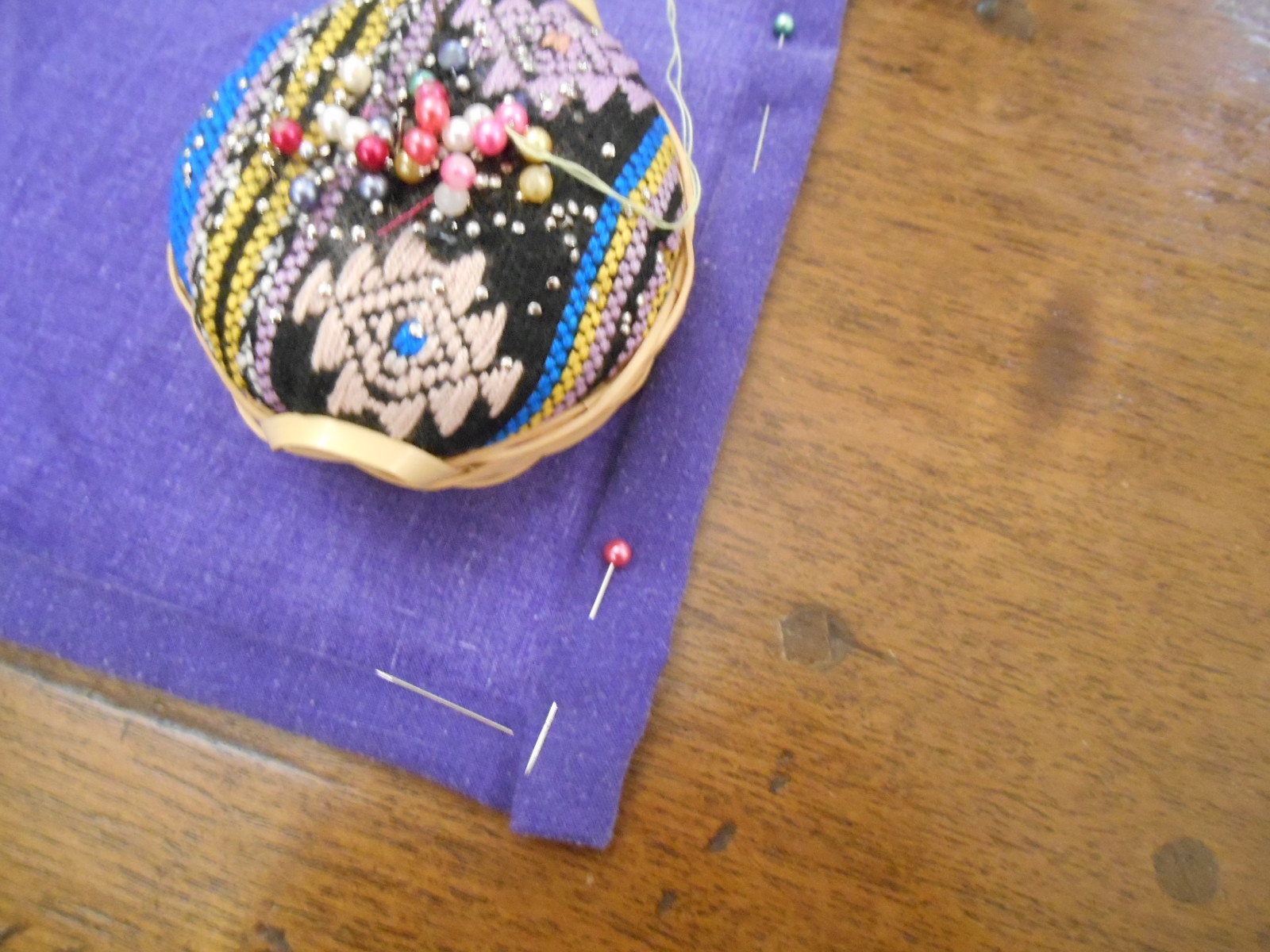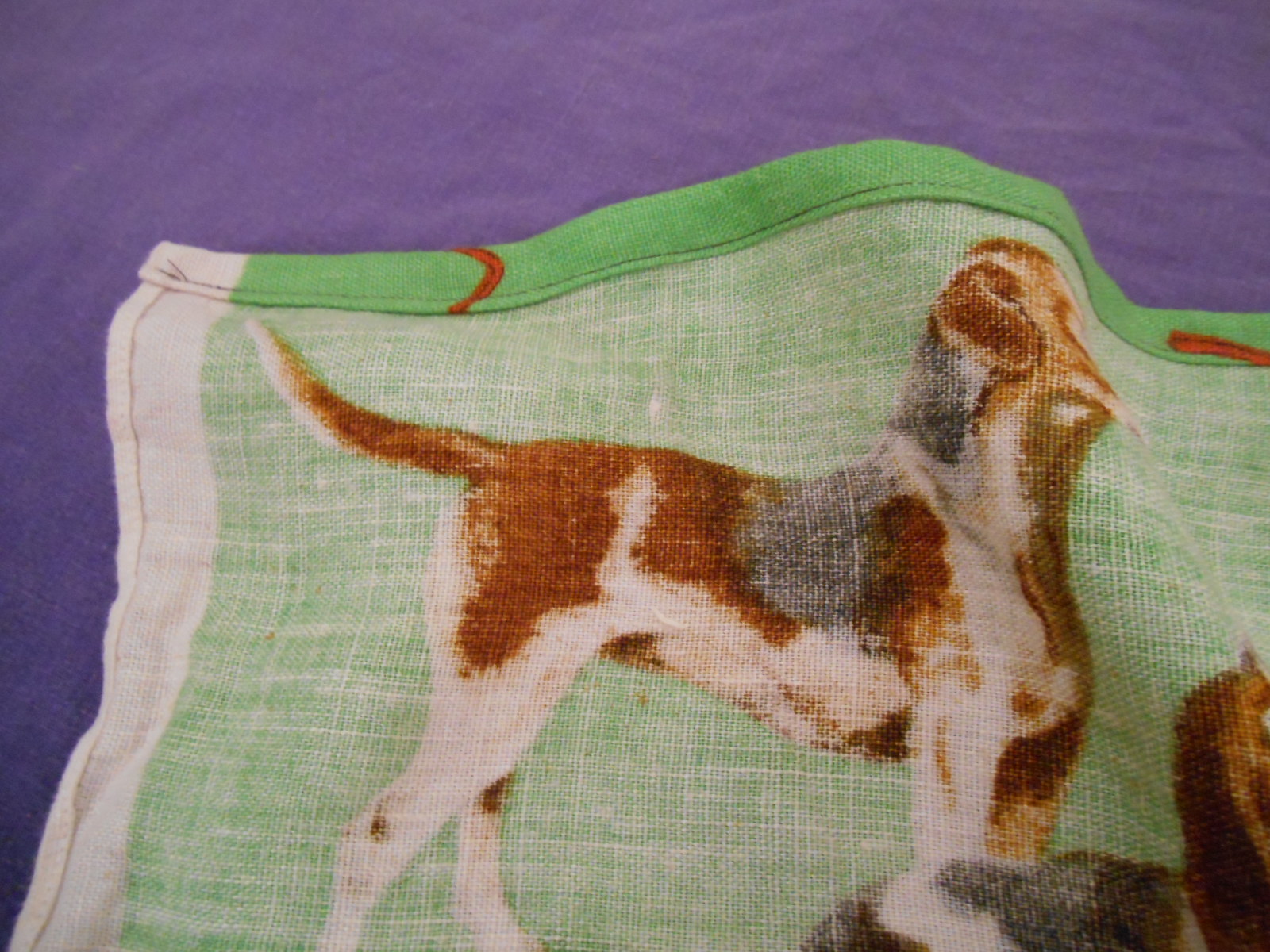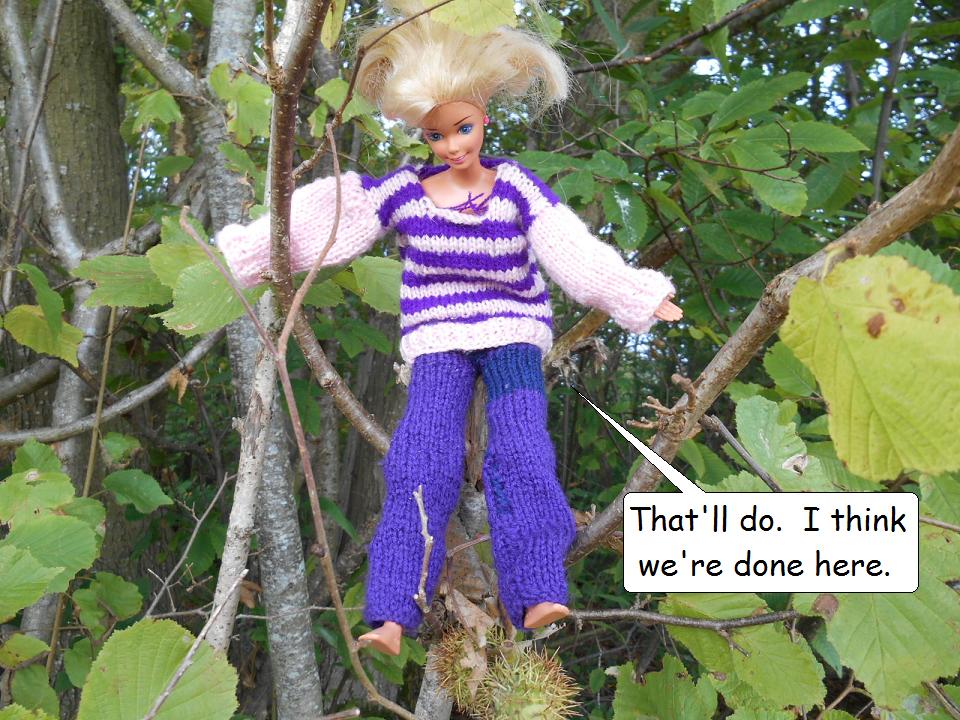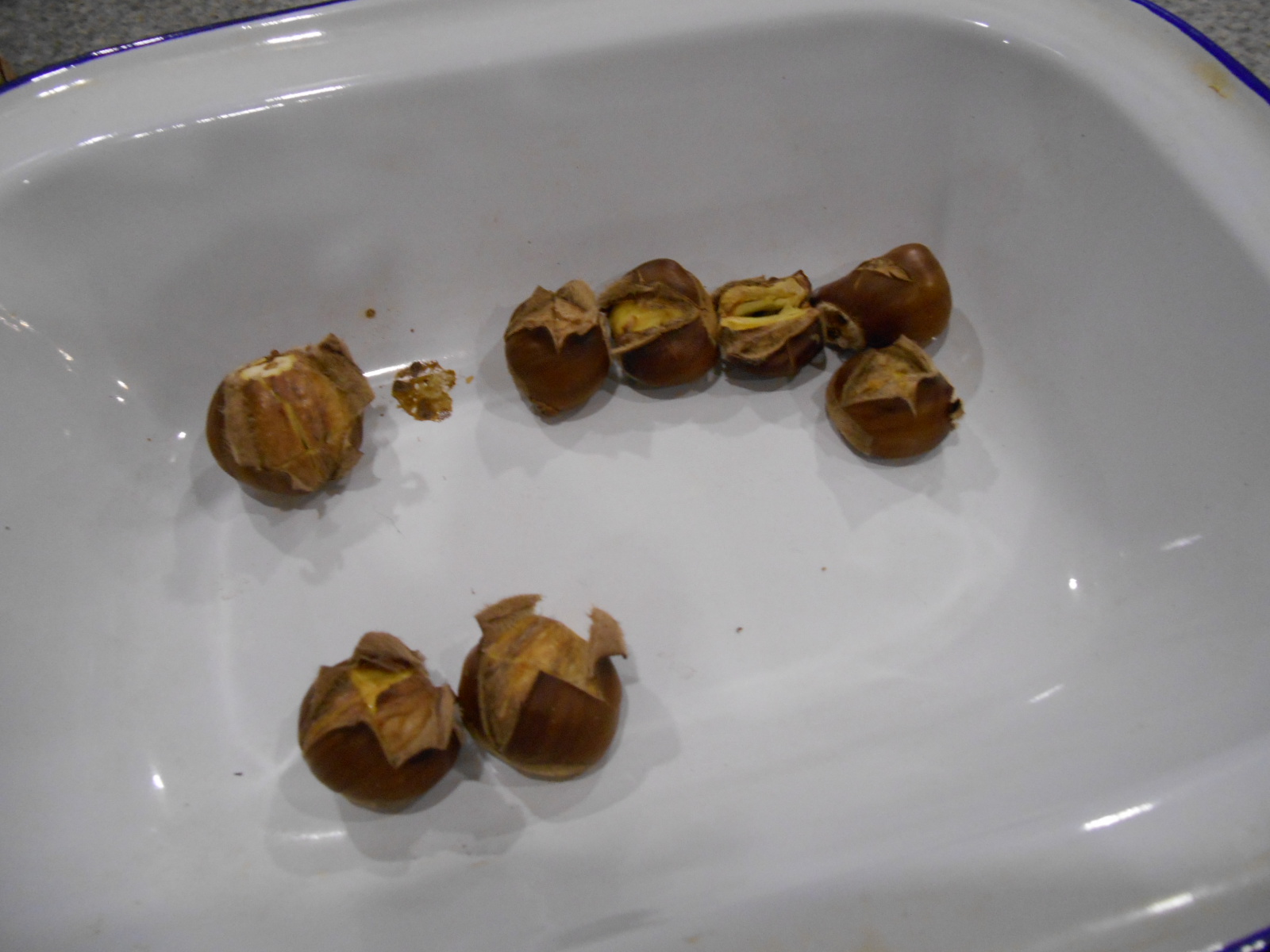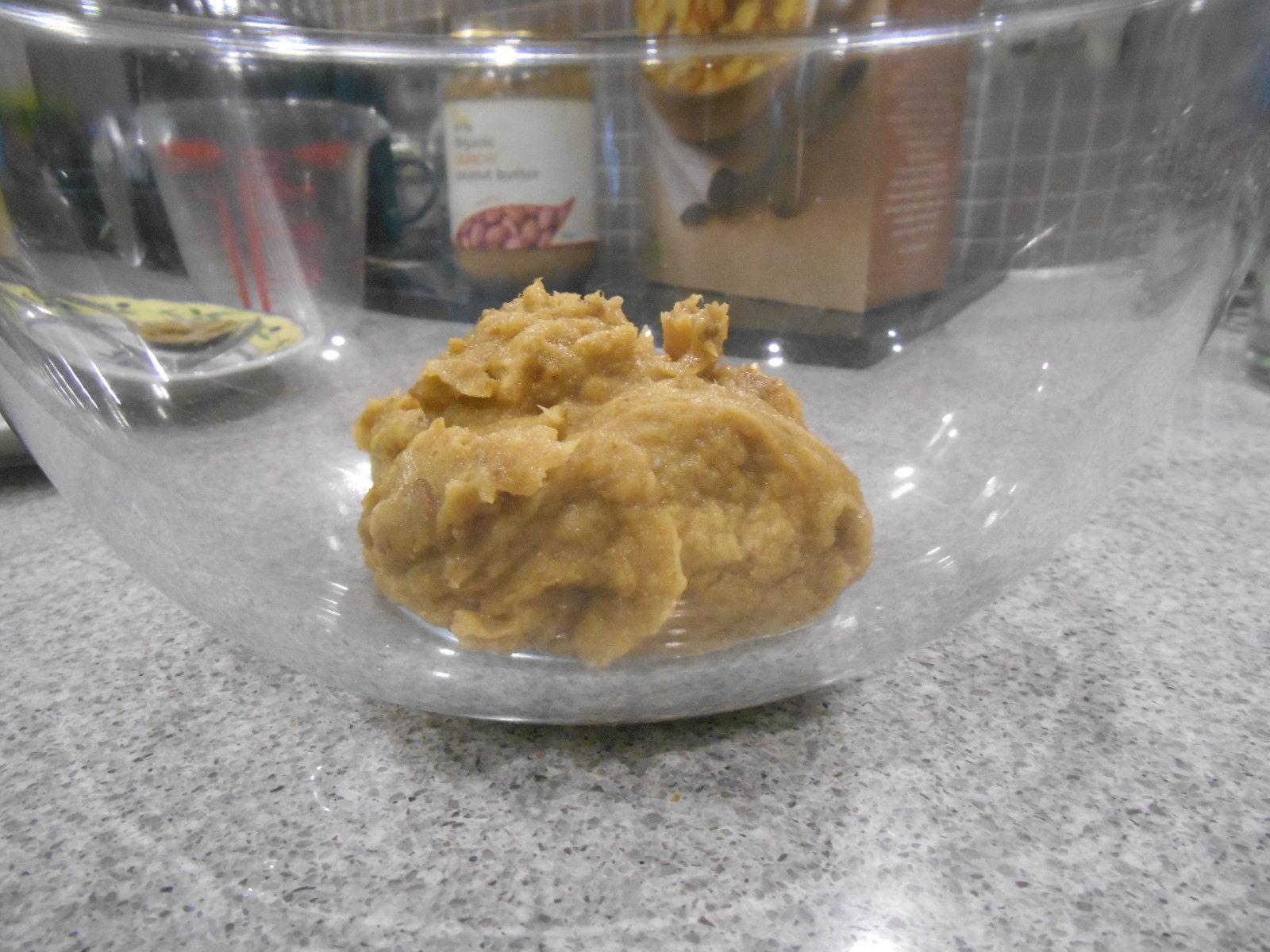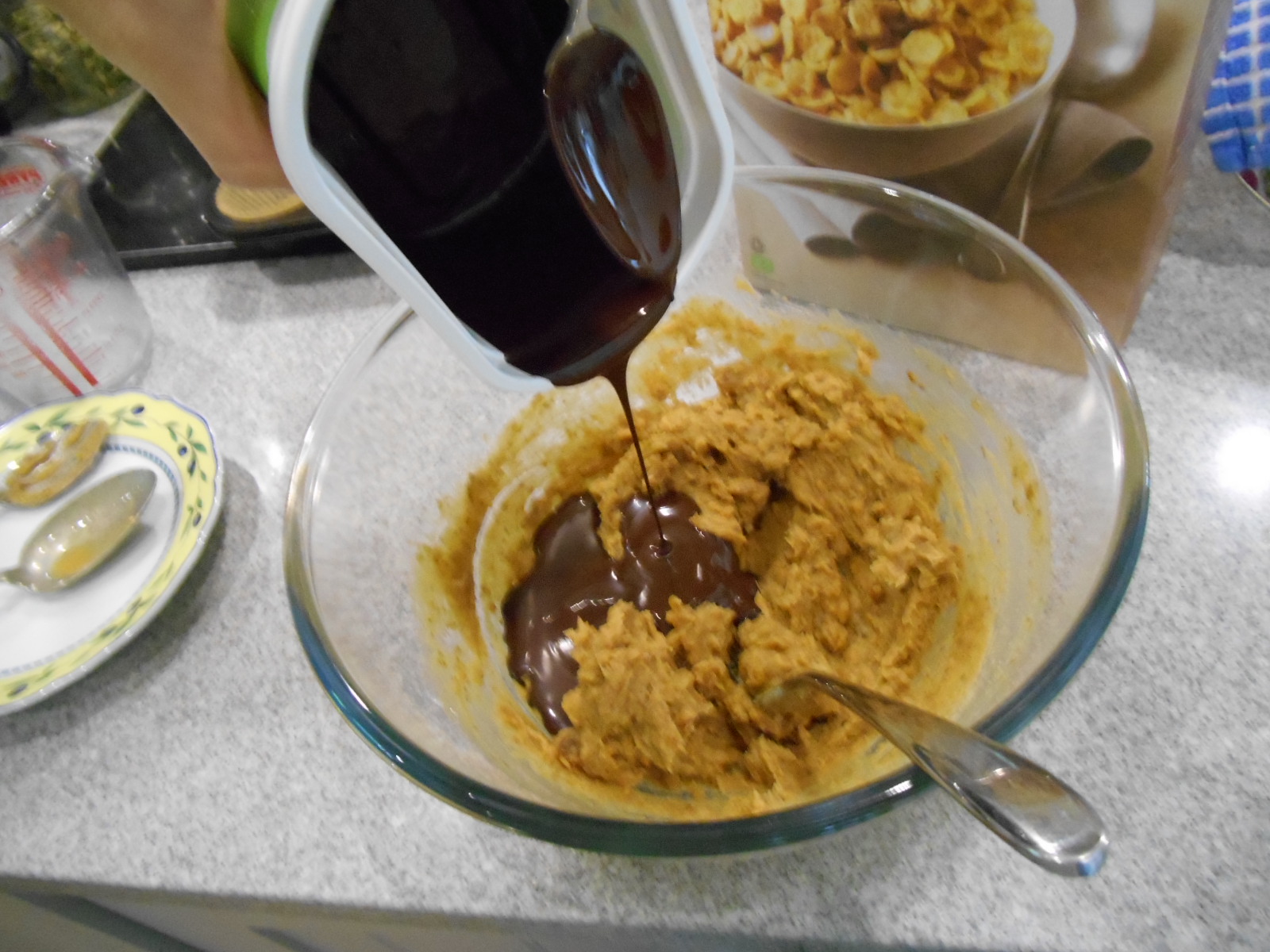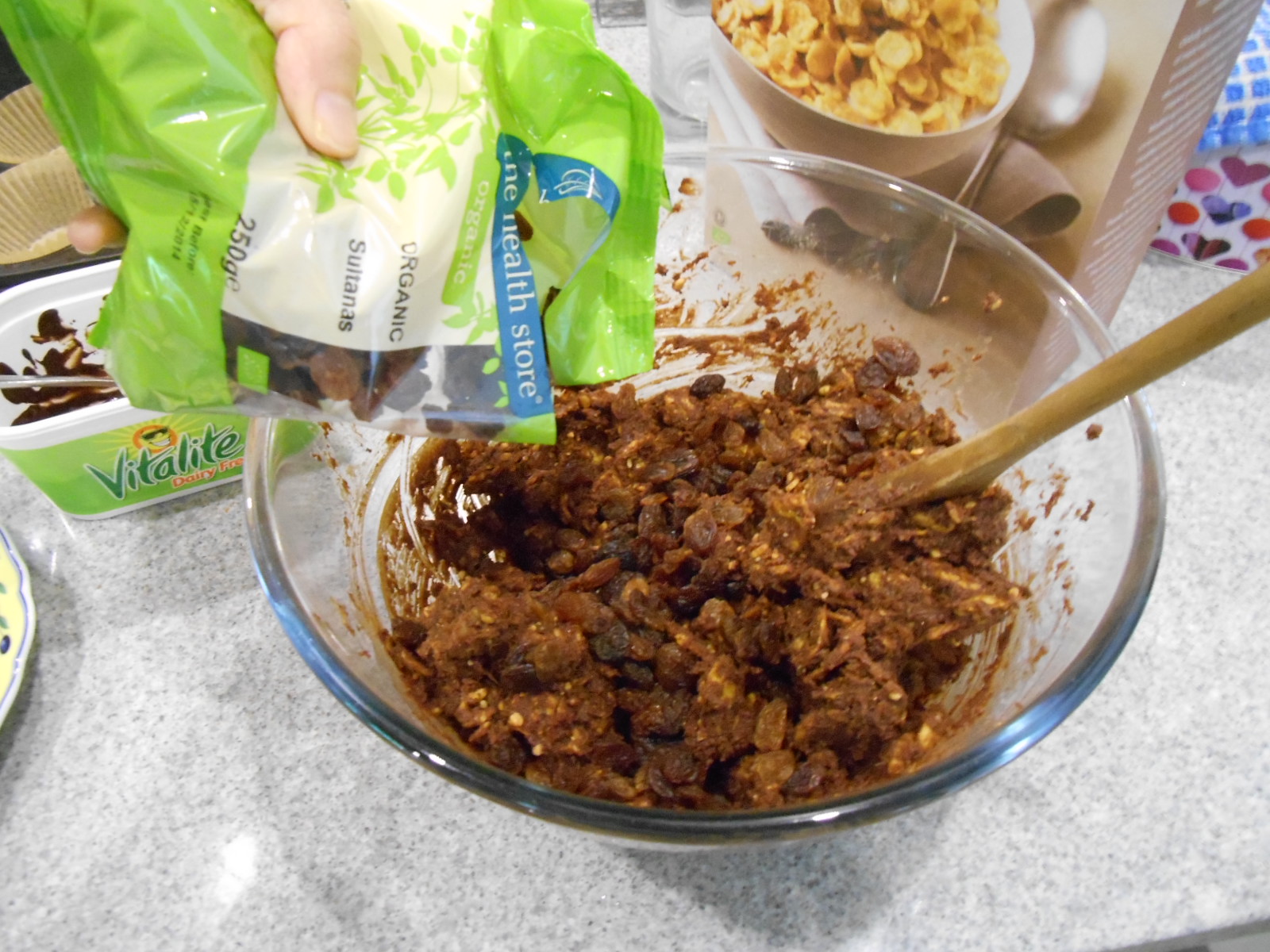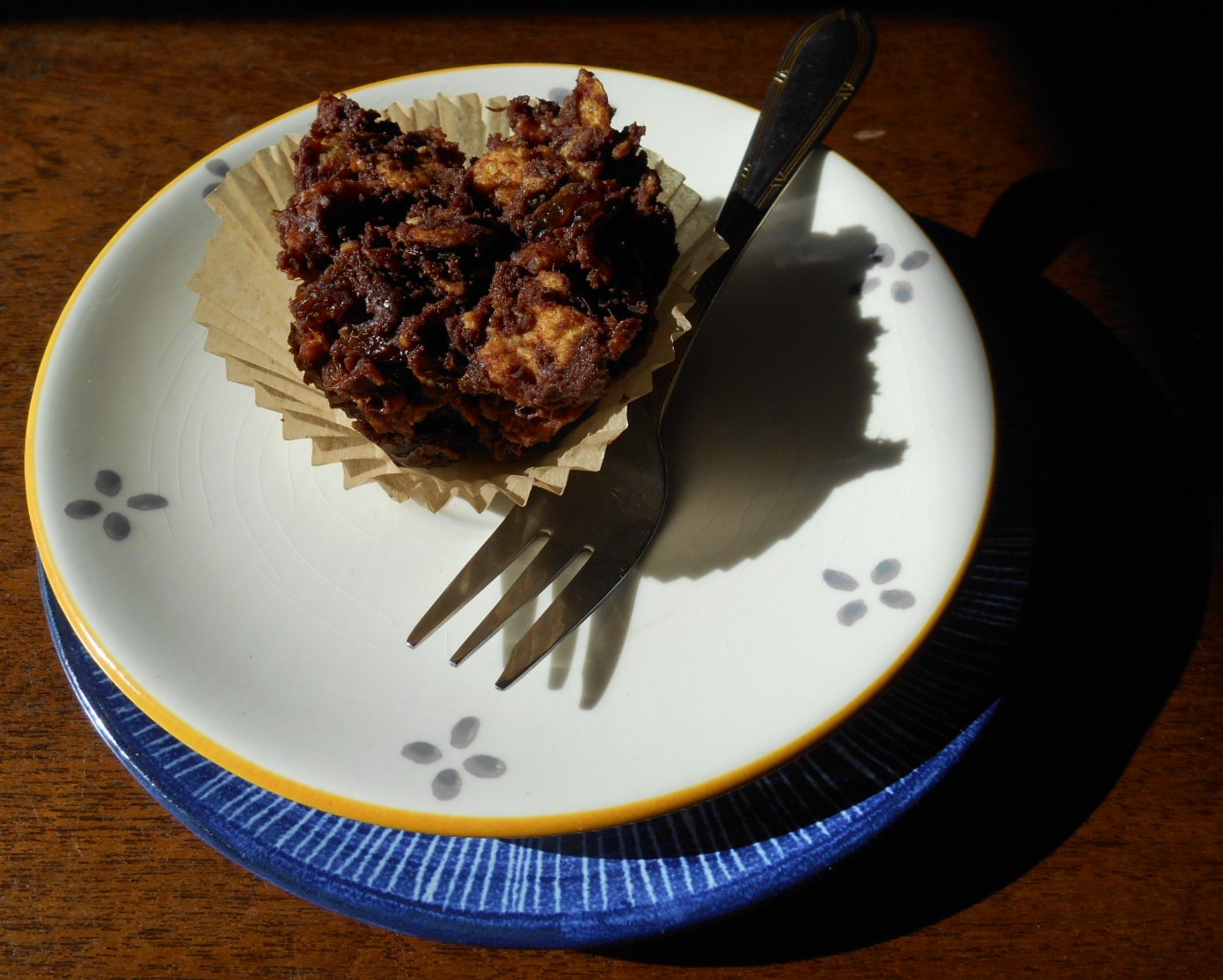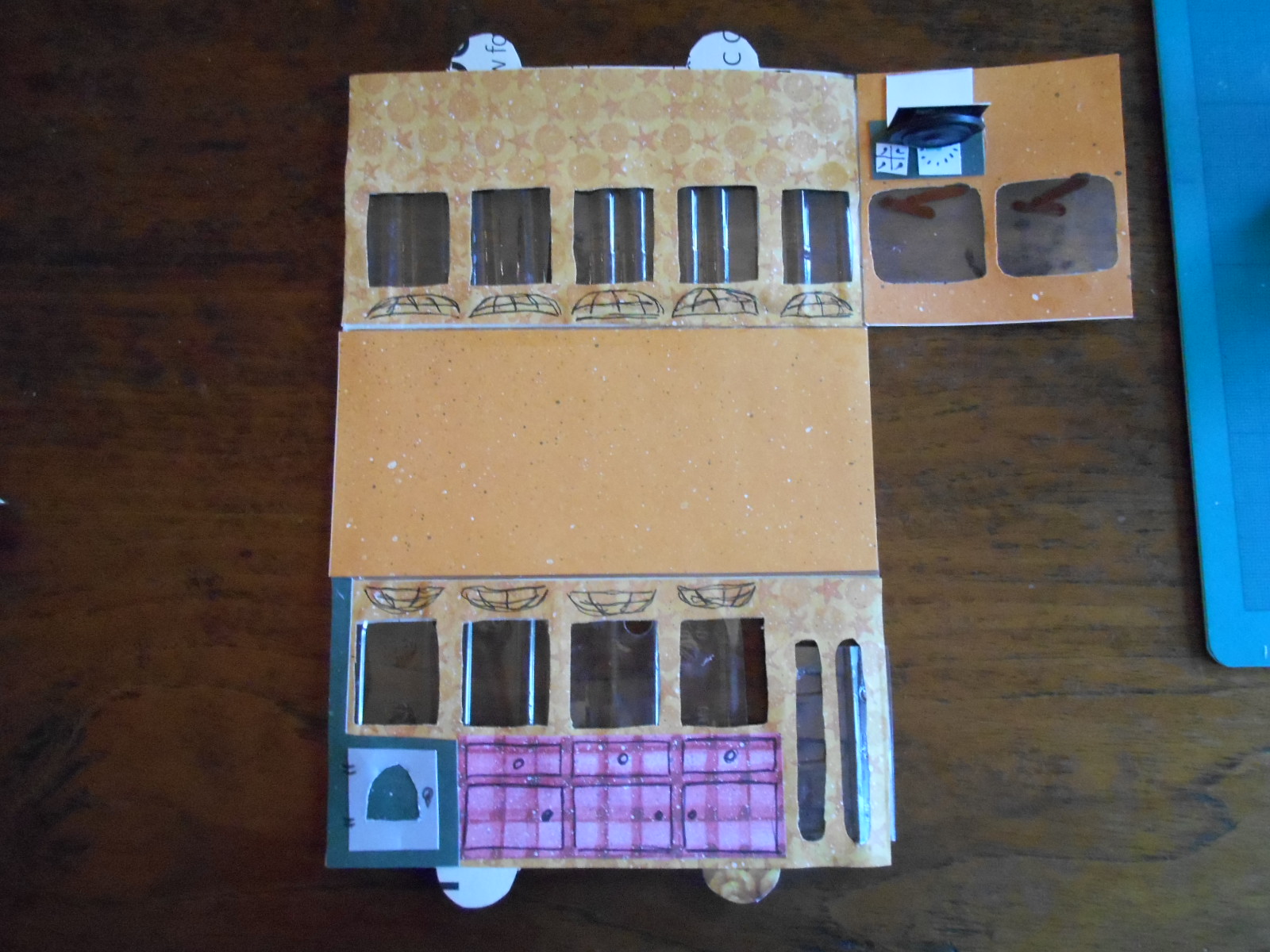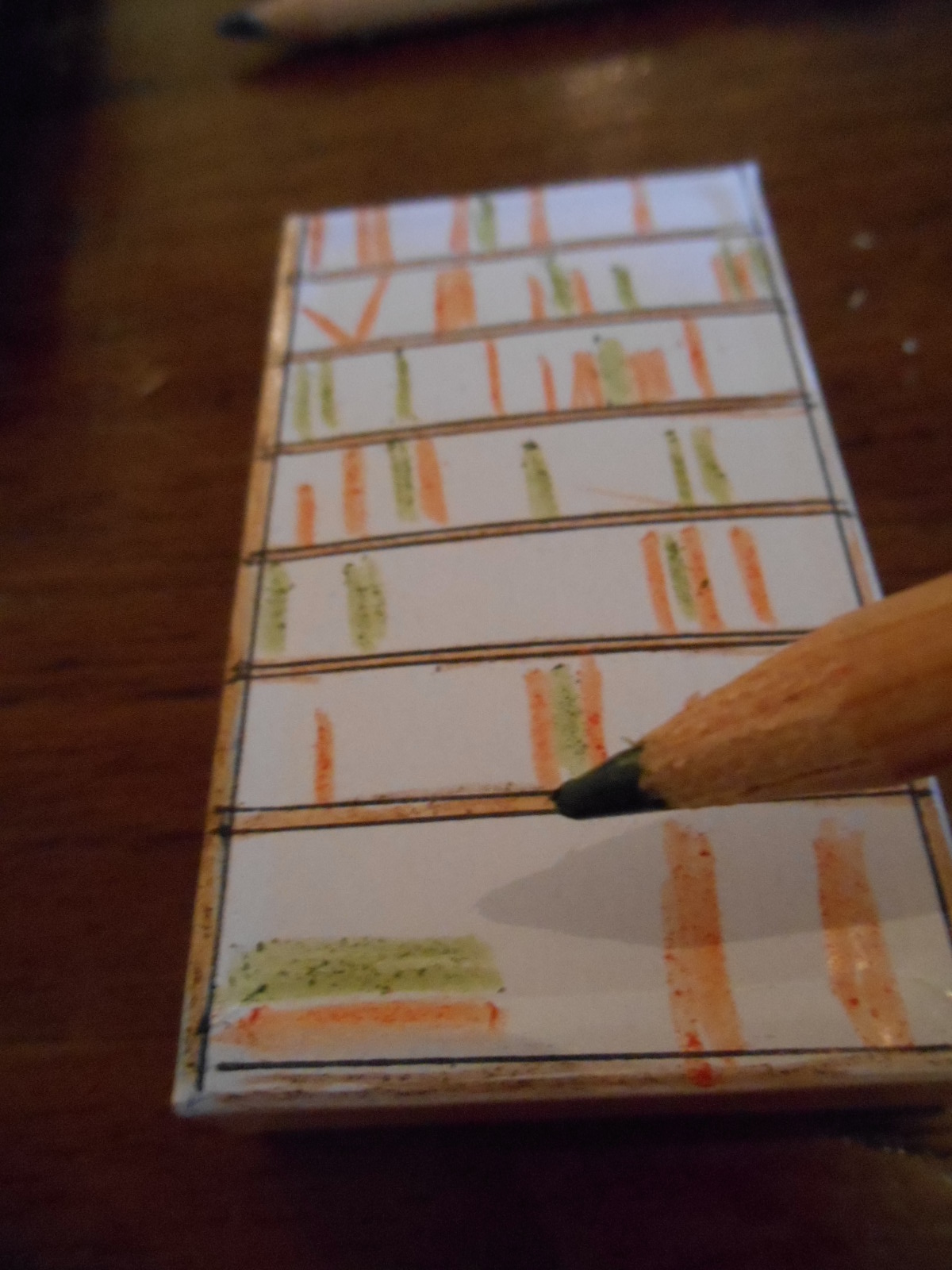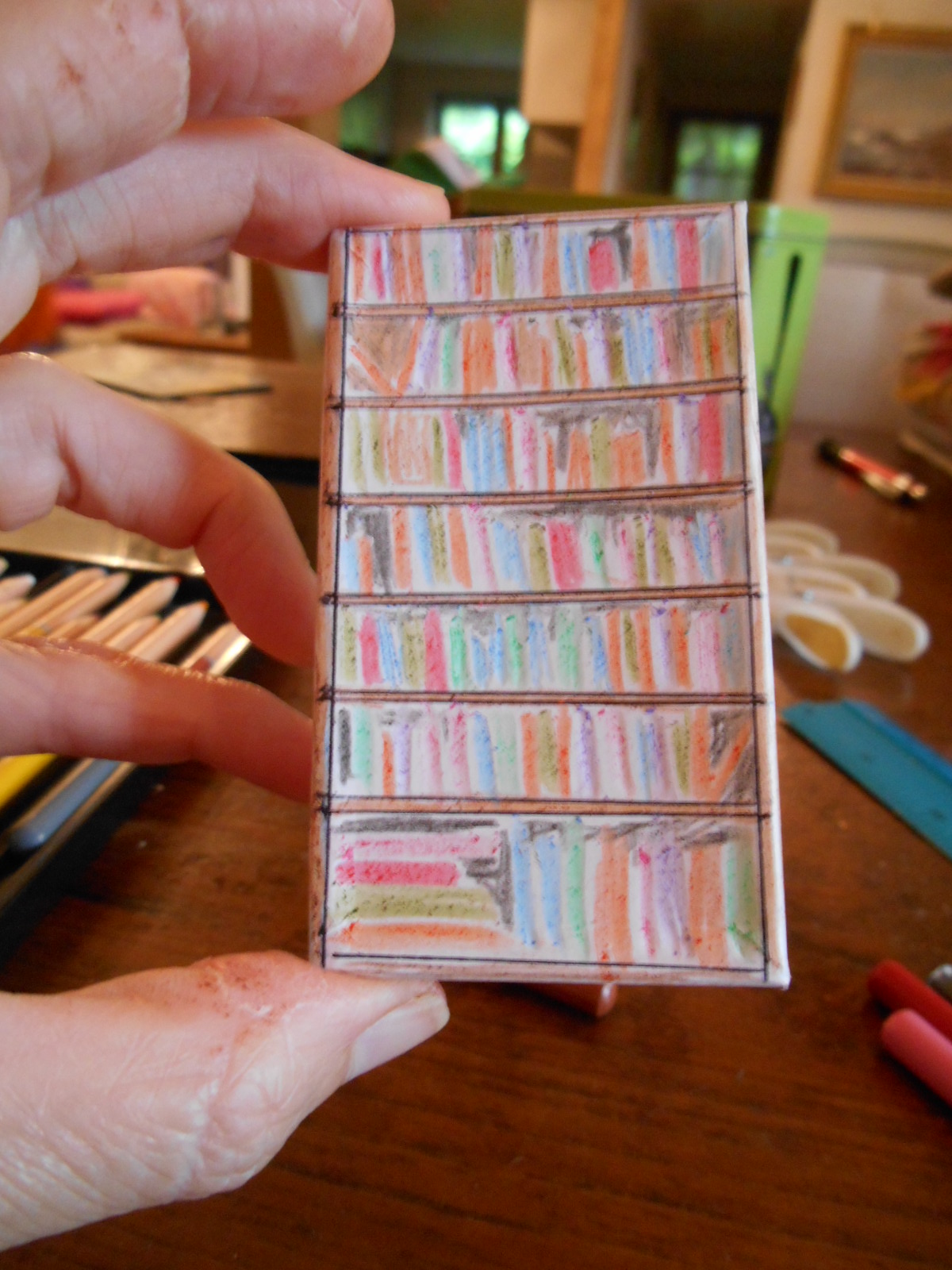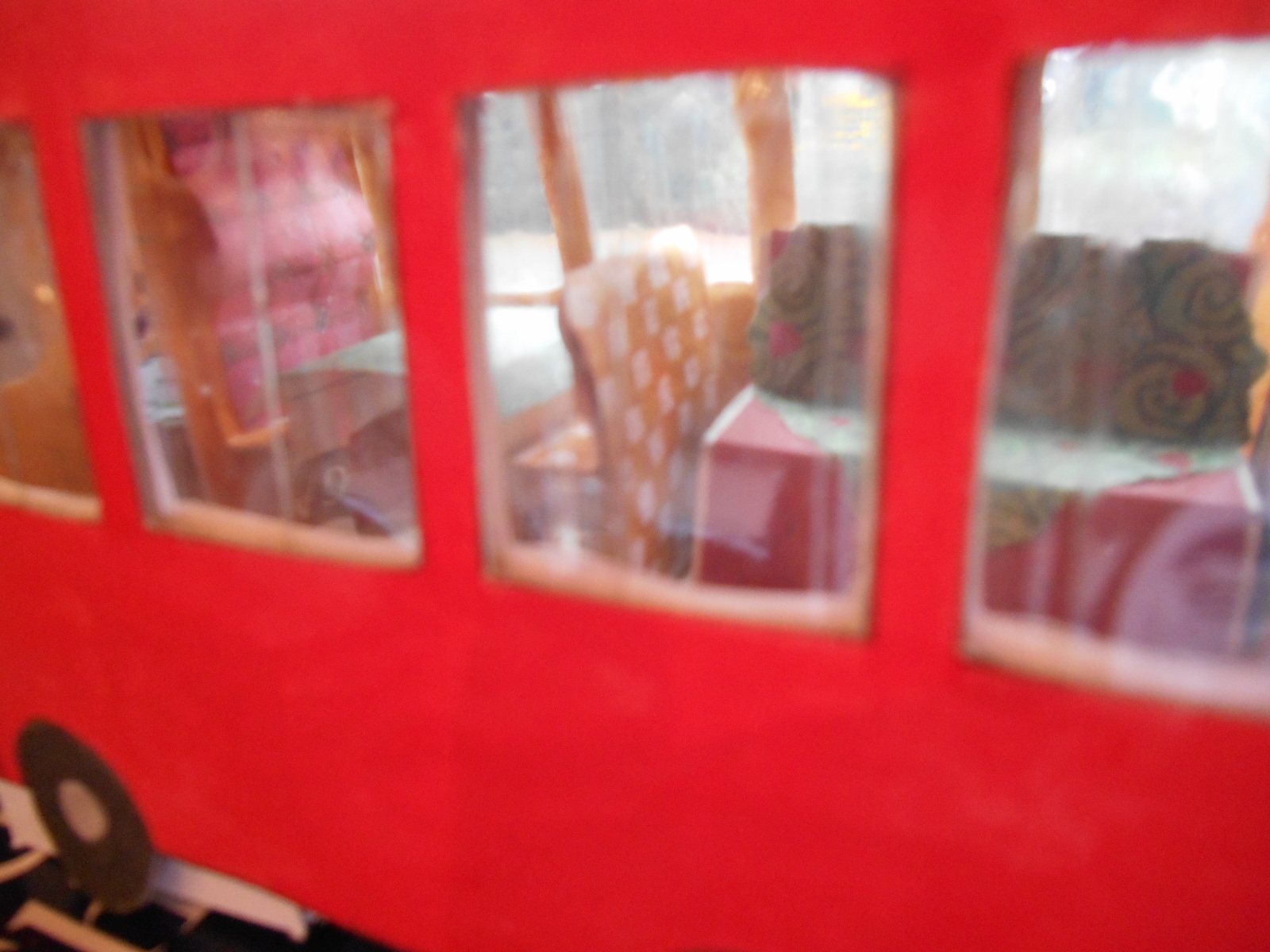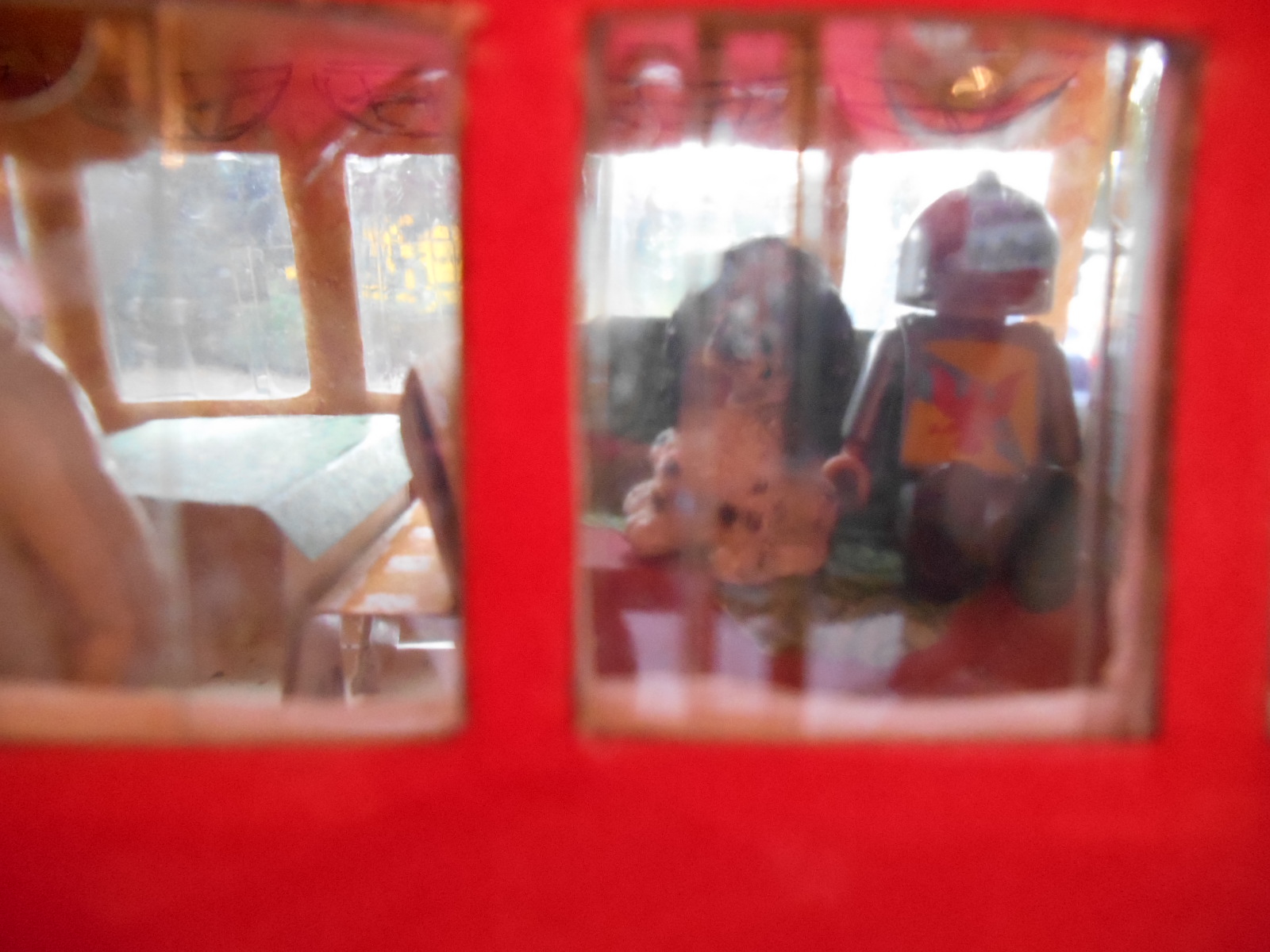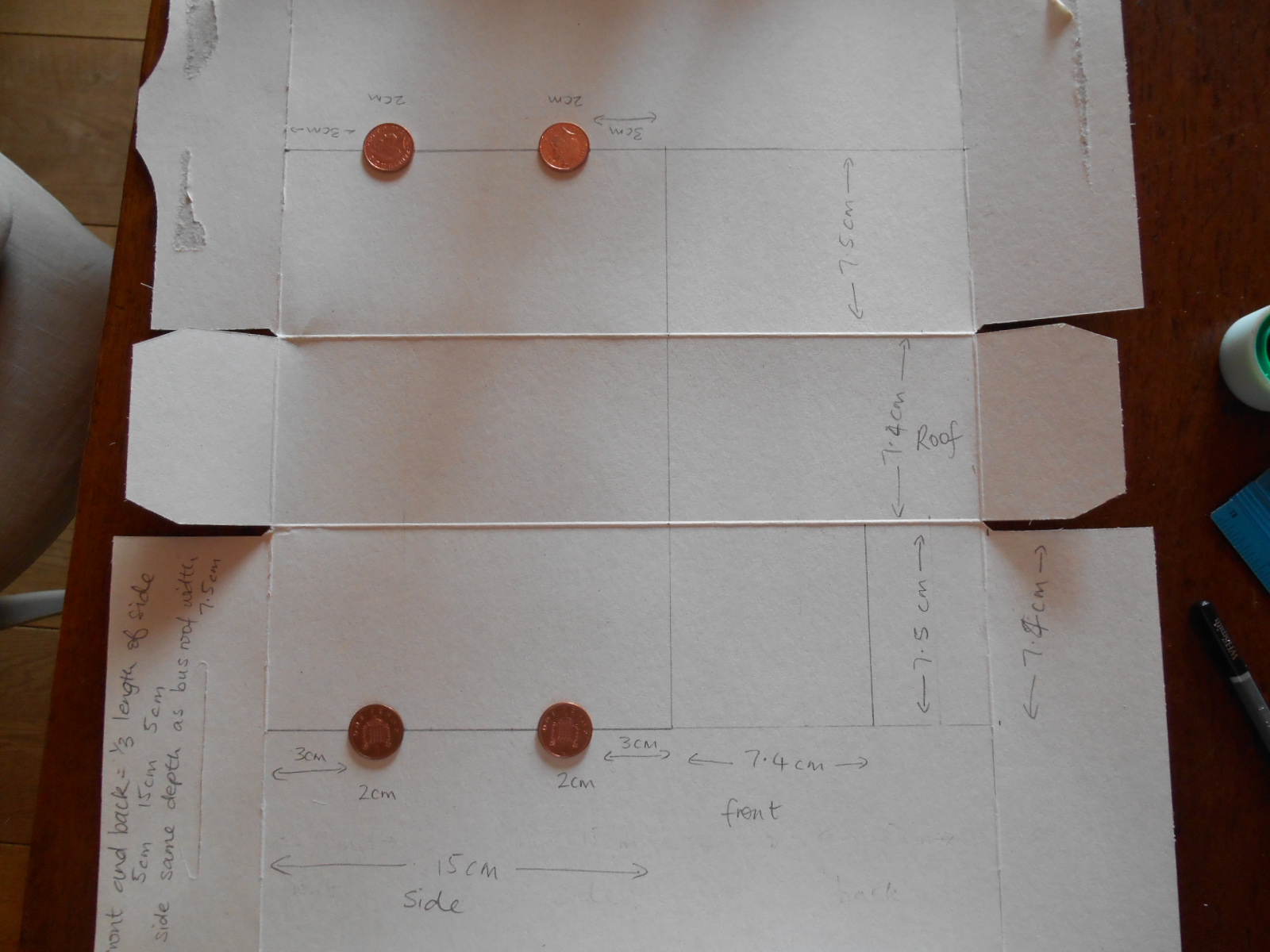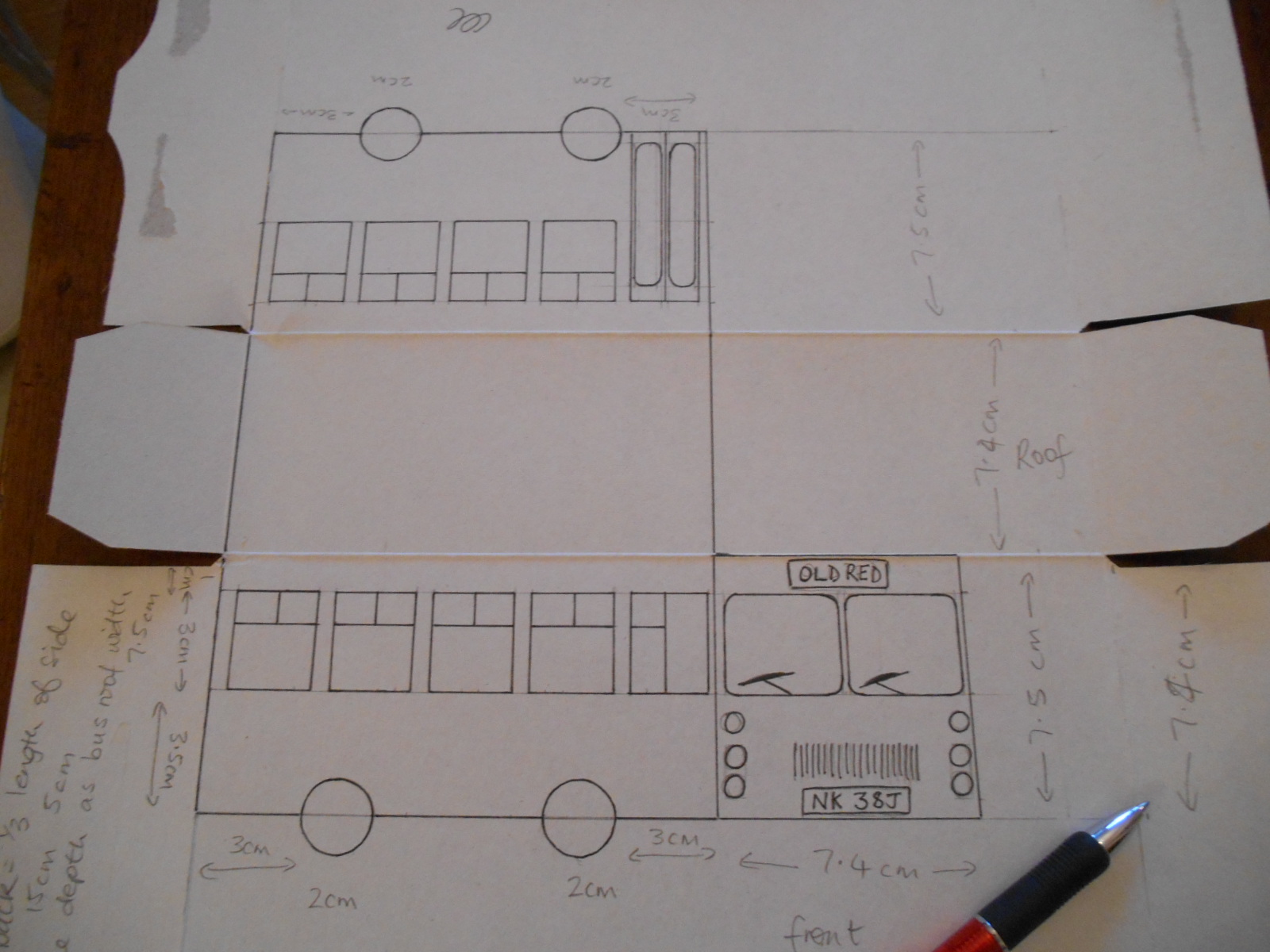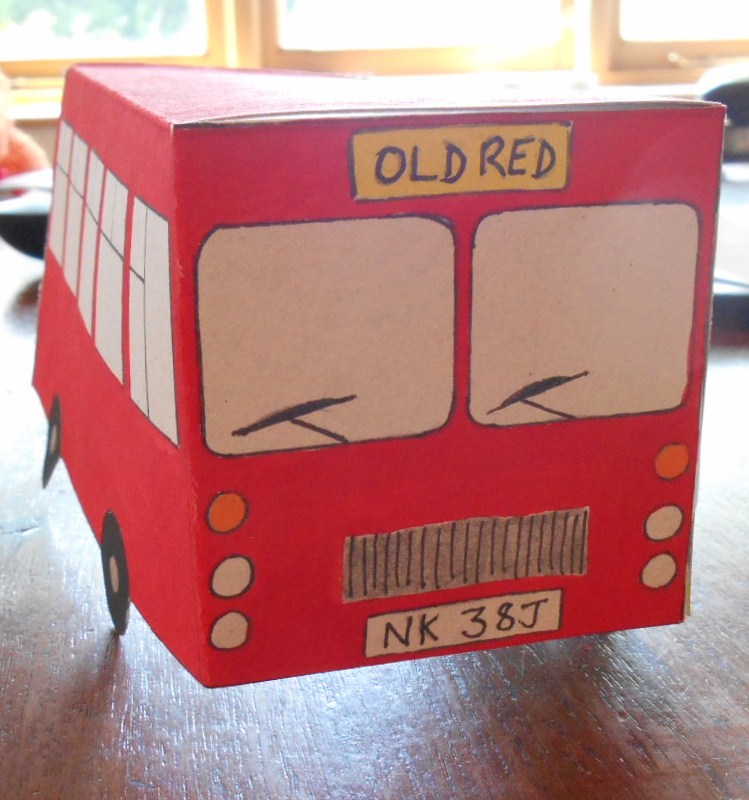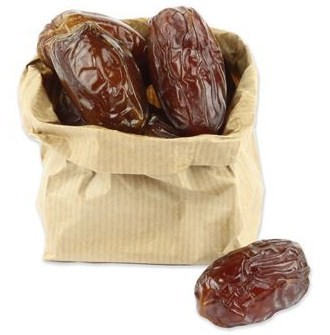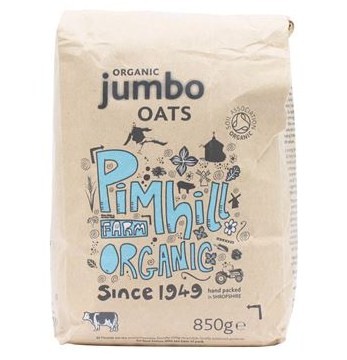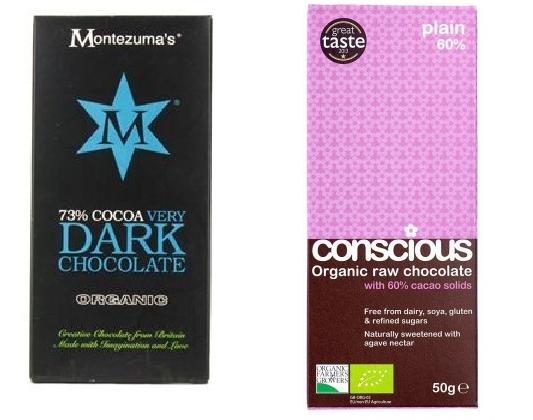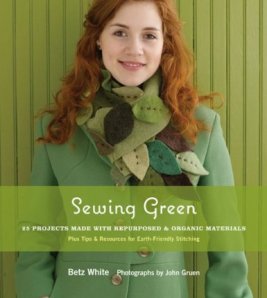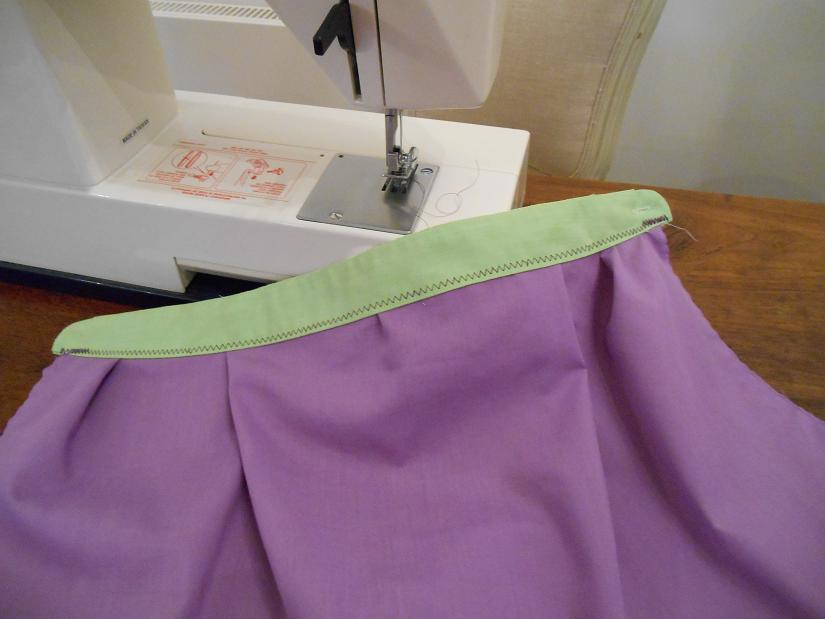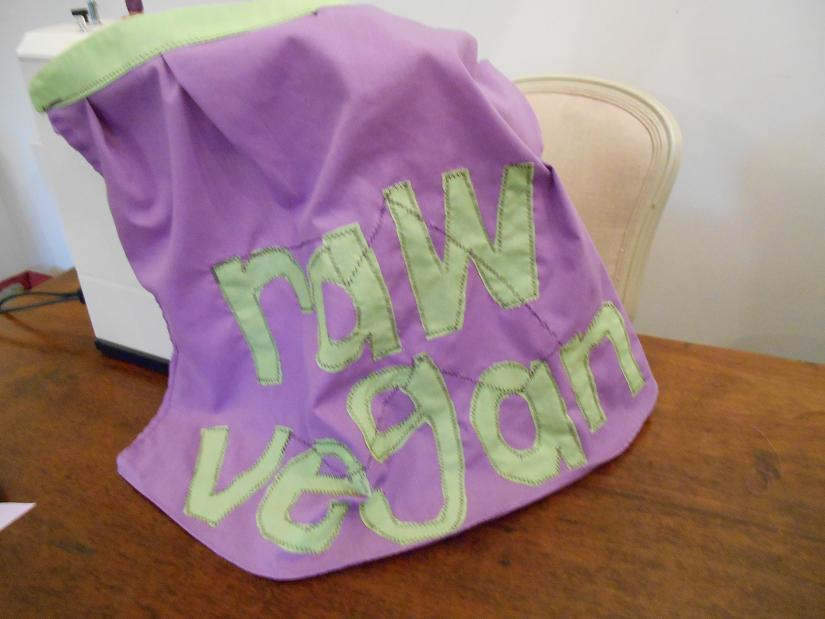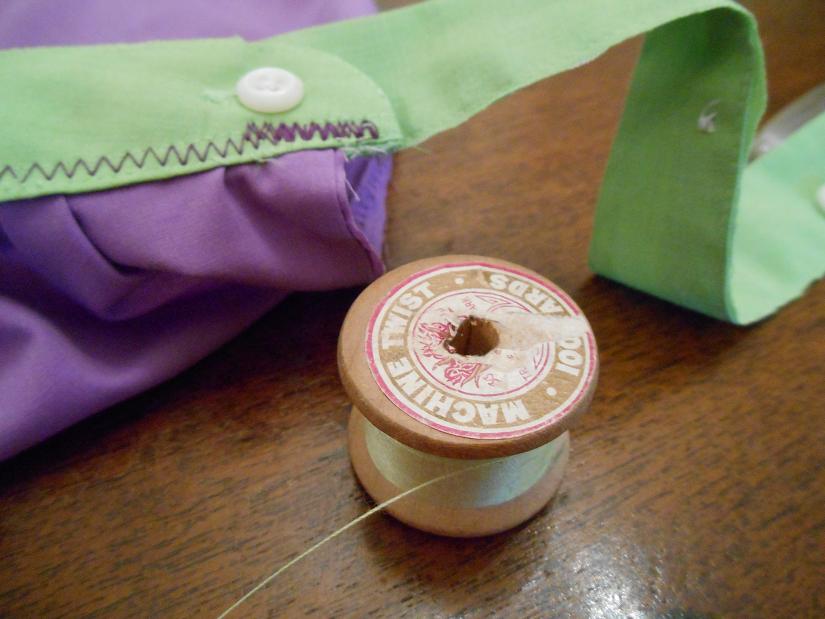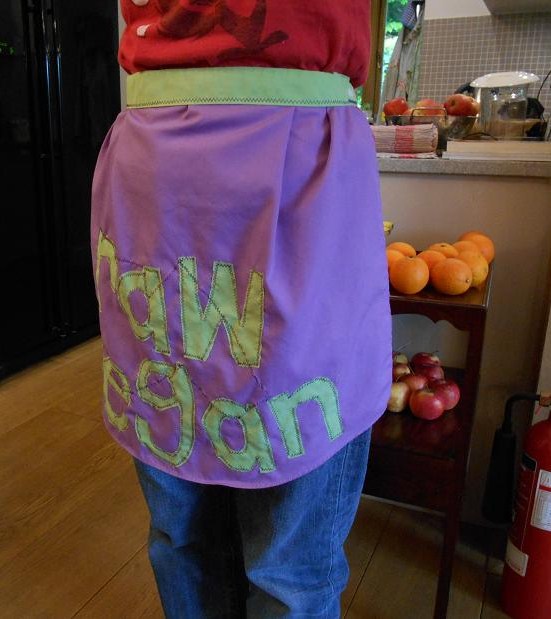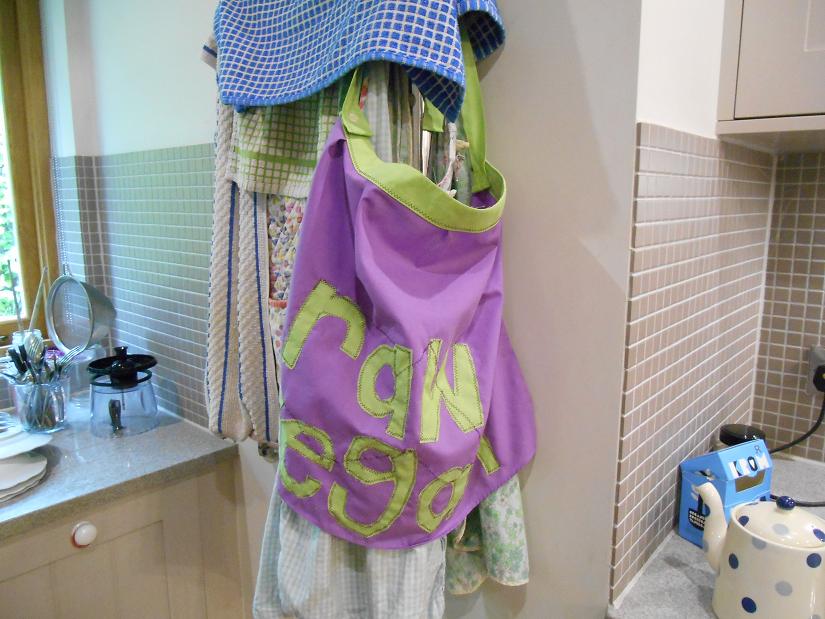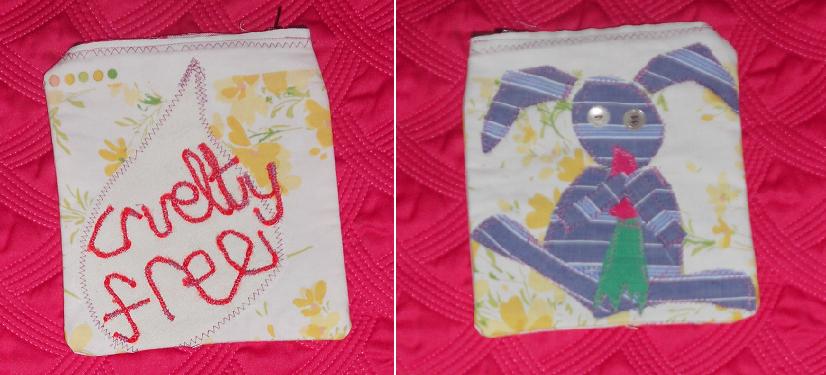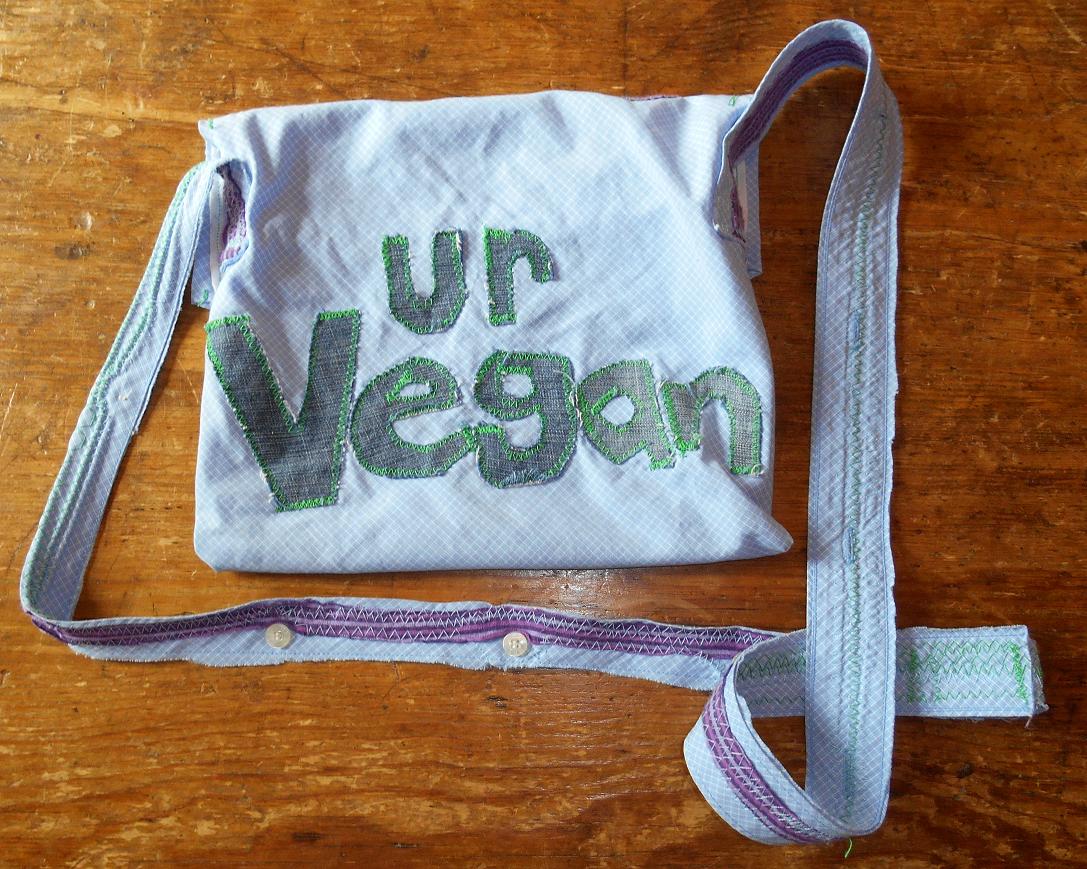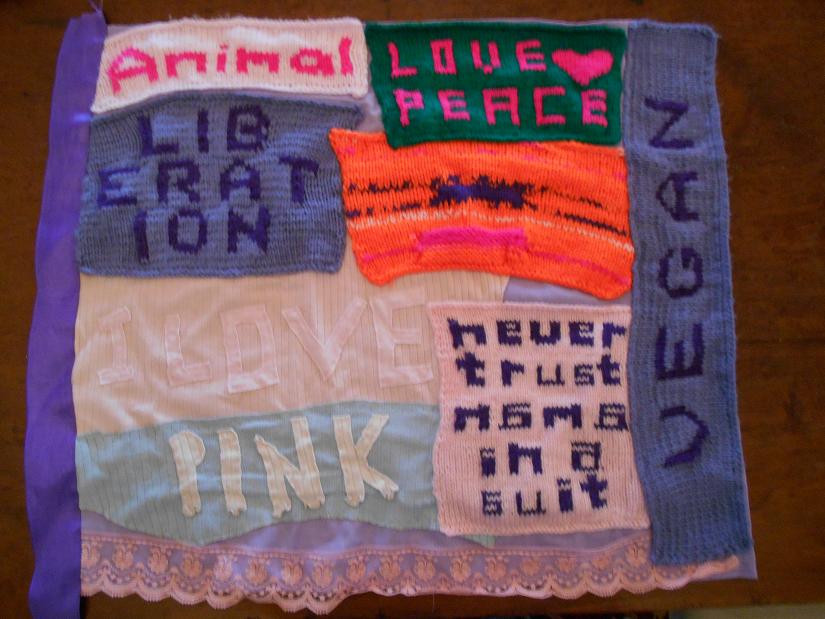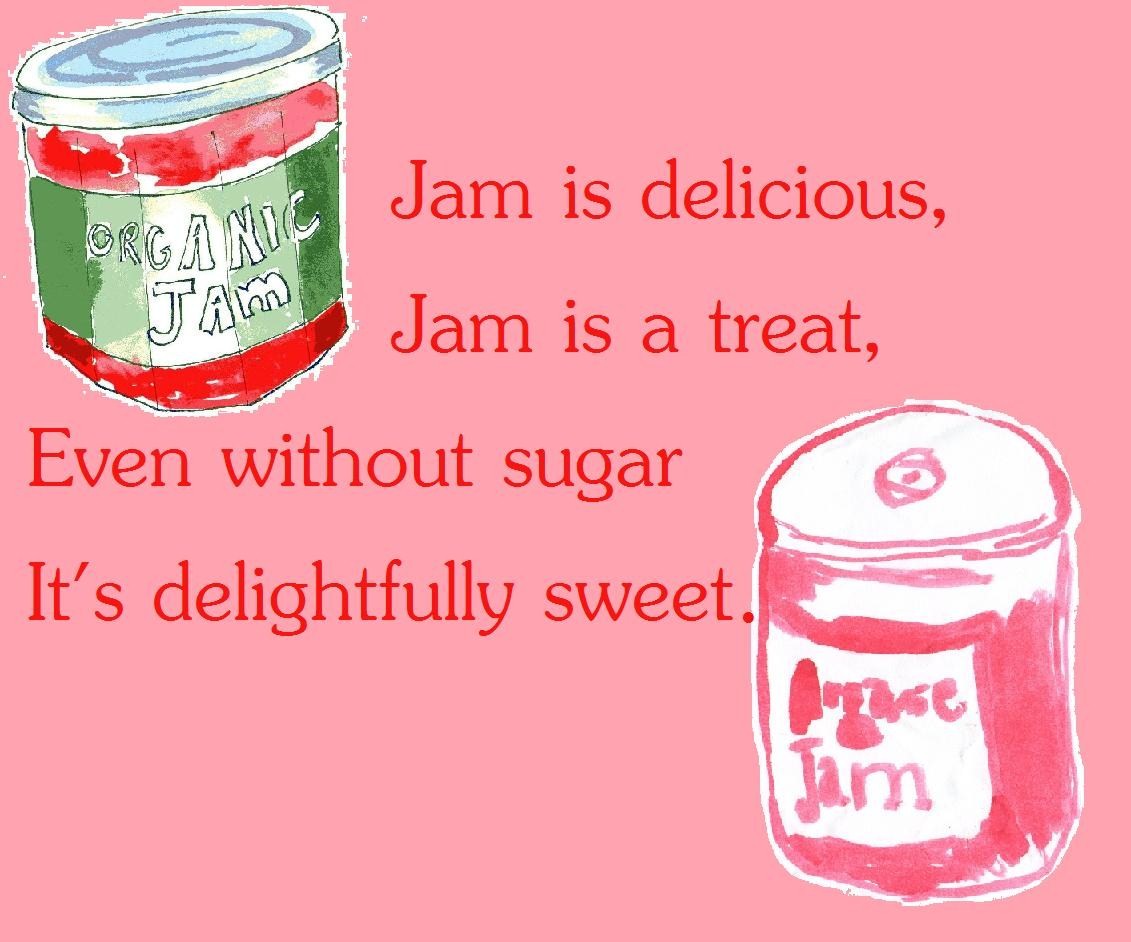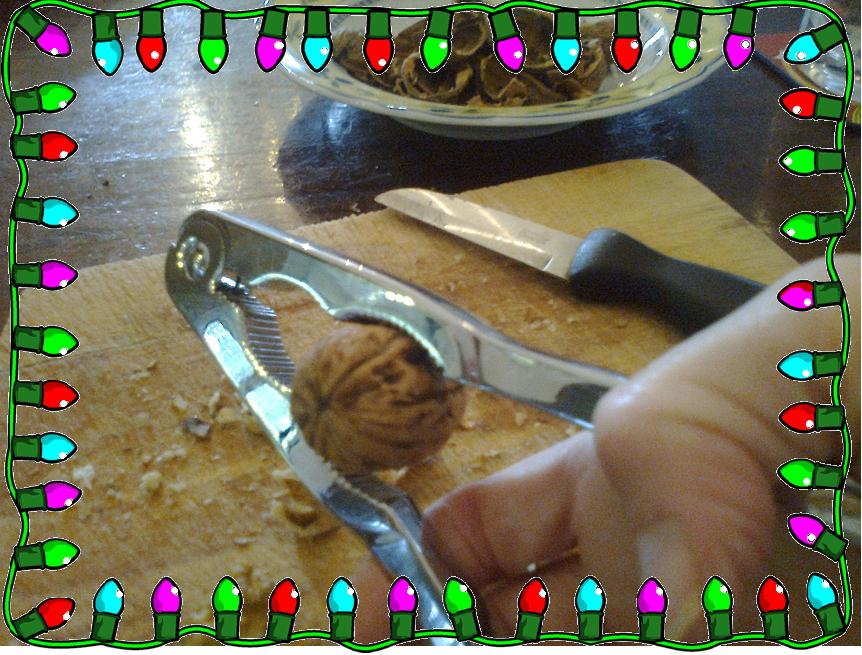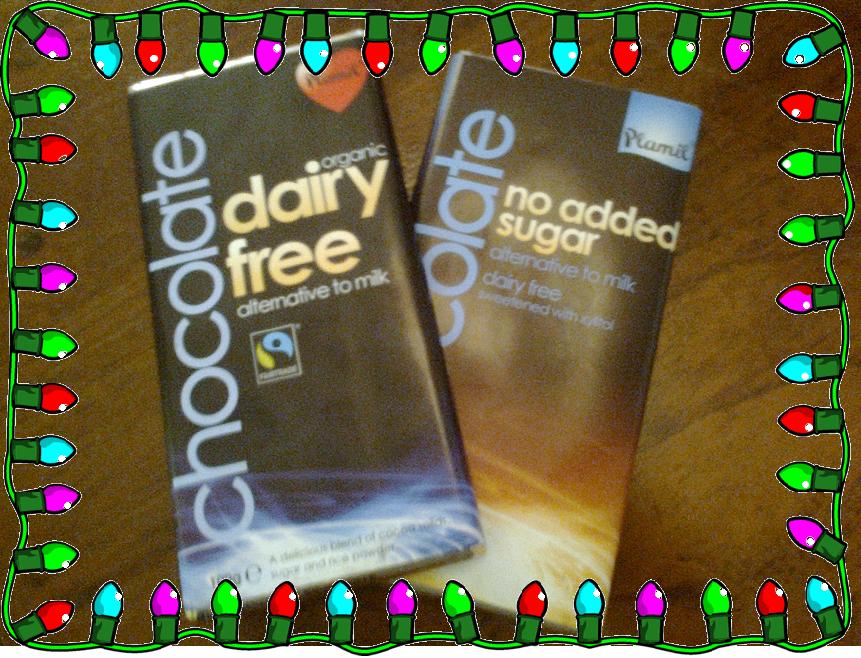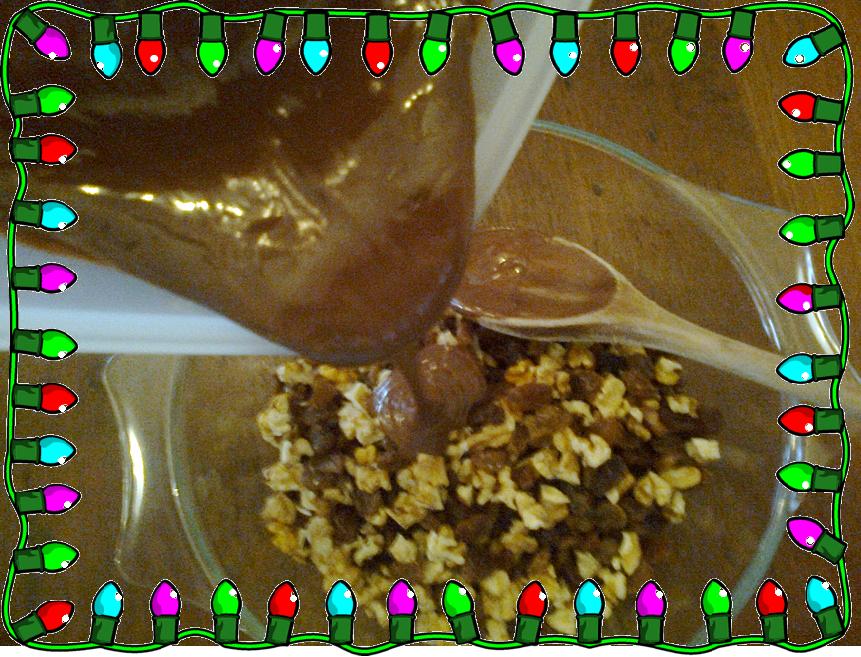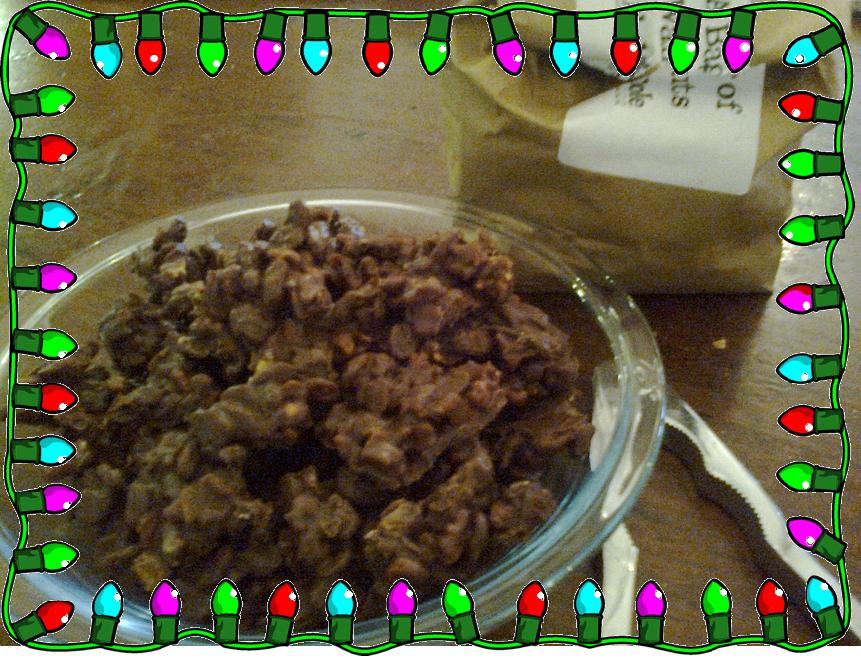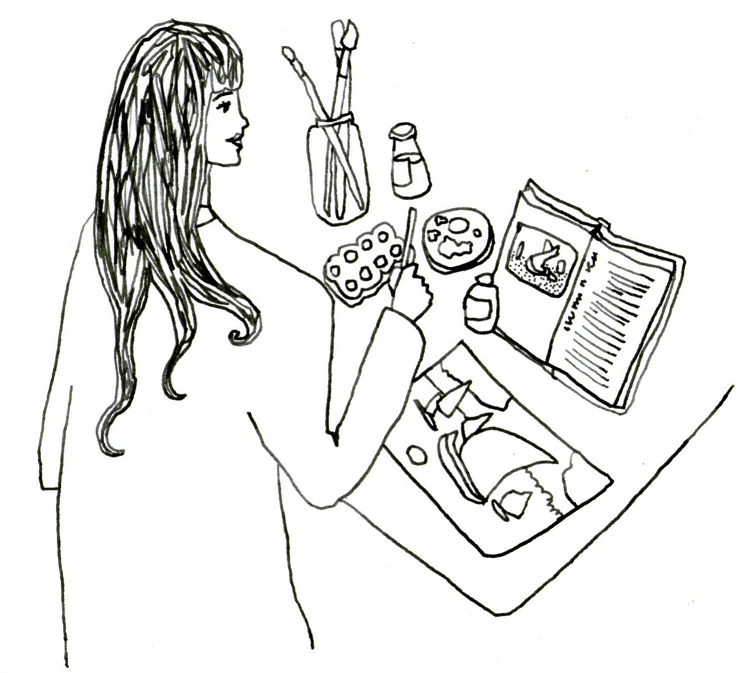In celebration of …. life!

This is my modest version of Fully Raw Kristina’s Birthday Carrot Cake
I didn’t have all the ingredients on her list, nor the equipment (Vitamix and food processor) so I made do with what I had and made my own version. Making raw recipes is a great idea for children to be able to do on their own or with little supervision because there’s no hot oven to worry about and, in the case of using these manual tools, there’s no sharp blades either.

Hand-crank BL30 manual juicer with different screens and hand-crank whisk.
For the base:
2 cups of carrot juice pulp
1 and a half cups of sultanas
Half a cup of medjool dates
Half a tablespoon of cinnamon
1 teaspoon of vanilla essence
For the icing:
1 and a half cups of raw cashews (soaked for 3 hours -or overnight- in the fridge)
Half a cup of filtered water
Half a cup of medjool dates
1 tablespoon of fresh pineapple juice
1 teaspoon of vanilla
Now, if you have a blender and a food processor, you can follow Kristina’s instructions, but if, like me, you’re making do without, here’s how I suggest you continue 😉 :
First put the carrots through the juicer and collect the pulp. Put 2 cups full of pulp into a mixing bowl.
Then take the juicer apart, rinse it and put it back together, replacing the holey screen with the smooth one. Put the sultanas, followed by the dates (after you’ve cut out the pits) through the juicer. These come out as a stiff, sticky rope of fruity goodness.
Add the mushed sultanas and dates to the carrot pulp and mix well. Your food processor is your arm and a large fork. Really get stuck in and combine that stuff! It’s not easy – I had to sit down! – but think how much you will have earned that cake when you’ve finished! 🙂
Then add the cinnamon and vanilla and mix well. When you’ve got a moist mixture with all the ingredients and flavours well-combined you’re ready to mould it into a cake shape.
Cut a circle of parchment paper to fit the removable bottom of your cake tin. Then cut a rectangular piece to line the sides of the tin. Spoon your mixture into the lined tin and press it down so that it fills the bottom evenly. Place the tin in the freezer for an hour to help the cake set in this shape. While it’s setting, wash up your juicer and bowl and everything so that you can use it all again to make the icing.
Put a little fresh pineapple or lemon if you’ve got it, through the juicer (using the holey screen) and put aside 1 tablespoon of juice. Then change to the smooth screen and put your soaked cashews through the juicer (after draining and rinsing with fresh filtered water). Put the mushed cashews into your mixing bowl.
Put your pitted dates through and add the resultant sticky rope to the cashews. Mix well -and again this is going to require some effort – with a fork. Add half a cup of filtered water, plus 1 tablespoon of the juice you made and 1 teaspoon of vanilla essence. Mix it all well with your fork. You will notice it’s not as smooth as Kristina’s but as long as you’ve got all the flavours well combined it will taste just as delicious. To make it as smooth as possible I also gave it a good whisk with my hand-crank whisk.
Put this mixture into the fridge and wait until your cake has been in the freezer for a full hour.
Now, this is the exciting bit where you see all your hard work come together:
Take your tin out of the freezer and carefully push the base of your tin up to remove the cake. Slide the paper off the base of the tin and onto a plate. Your cake should now be standing proudly, unsupported, on your plate.
Take your soft nutty icing out of the fridge and cover your cake. Add decorative nuts or fruits if you like.
And that’s it! 😀
Slice it carefully, and then remove each slice with a pie-slice (triangular thing) if you’ve got it, and share it with lucky family and friends. Keep what’s left, if any, in the fridge.

This is delicious and incredibly sweet – though my family says “absolutely not too sweet!”
And I can now confirm that it tastes even better on day 2, and sooooo good on day 3. After that it was all gone 😉













